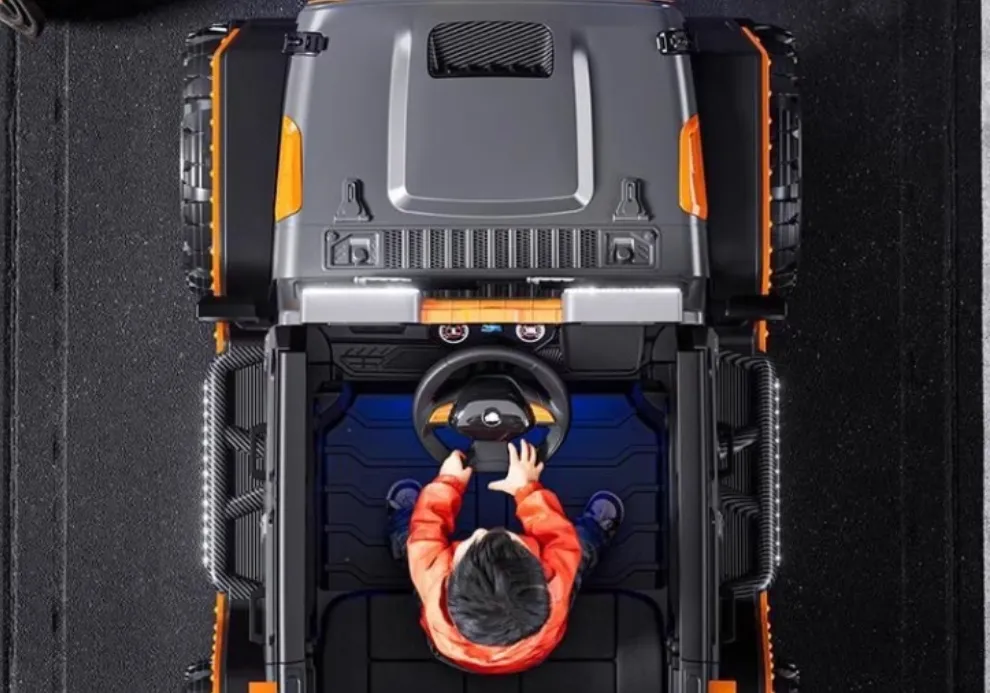
- Afrikaans
- Albanian
- Amharic
- Arabic
- Armenian
- Azerbaijani
- Basque
- Belarusian
- Bengali
- Bosnian
- Bulgarian
- Catalan
- Cebuano
- Corsican
- Croatian
- Czech
- Danish
- Dutch
- English
- Esperanto
- Estonian
- Finnish
- French
- Frisian
- Galician
- Georgian
- German
- Greek
- Gujarati
- Haitian Creole
- hausa
- hawaiian
- Hebrew
- Hindi
- Miao
- Hungarian
- Icelandic
- igbo
- Indonesian
- irish
- Italian
- Japanese
- Javanese
- Kannada
- kazakh
- Khmer
- Rwandese
- Korean
- Kurdish
- Kyrgyz
- Lao
- Latin
- Latvian
- Lithuanian
- Luxembourgish
- Macedonian
- Malgashi
- Malay
- Malayalam
- Maltese
- Maori
- Marathi
- Mongolian
- Myanmar
- Nepali
- Norwegian
- Norwegian
- Occitan
- Pashto
- Persian
- Polish
- Portuguese
- Punjabi
- Romanian
- Russian
- Samoan
- Scottish Gaelic
- Serbian
- Sesotho
- Shona
- Sindhi
- Sinhala
- Slovak
- Slovenian
- Somali
- Spanish
- Sundanese
- Swahili
- Swedish
- Tagalog
- Tajik
- Tamil
- Tatar
- Telugu
- Thai
- Turkish
- Turkmen
- Ukrainian
- Urdu
- Uighur
- Uzbek
- Vietnamese
- Welsh
- Bantu
- Yiddish
- Yoruba
- Zulu
Dec . 06, 2024 18:26 Back to list
how to put a derailleur on a mountain bike
How to Put a Derailleur on a Mountain Bike
Installing a derailleur on a mountain bike may seem like a daunting task, especially for those who are new to bike maintenance. However, with the right tools and a bit of patience, it can be a straightforward process. In this article, we’ll guide you through the steps to successfully install a derailleur on your mountain bike, ensuring smooth shifting and better performance on the trails.
Tools and Materials Needed
Before you begin, gather the necessary tools and materials
- A new derailleur (ensure it's compatible with your bike's gearing system) - A screwdriver (usually a Phillips-head) - An 8mm Allen wrench - Cable cutters - A bike stand or a way to keep the bike stable - New shift cables (if needed) - A small amount of bike grease
Step 1 Prepare the Work Area
Start by finding a clean, well-lit workspace. If possible, use a bike stand to elevate your mountain bike, making it easier to access the rear of the bike. This will give you room to work comfortably.
Step 2 Remove the Old Derailleur
If your bike already has a derailleur installed, you will need to remove it first. Use the 8mm Allen wrench to loosen the bolt that secures the derailleur to the derailleur hanger. Once loosened, gently pull the derailleur away from the bike. If there are any cables still attached, use cable cutters to remove them following proper safety precautions.
Step 3 Install the New Derailleur
Now that the old derailleur is removed, it’s time to install the new one. Align the new derailleur with the derailleur hanger, making sure it is facing in the correct direction. The chain should move easily through the jockey wheels of the derailleur. Once aligned, secure it in place by tightening the bolt with the Allen wrench.
how to put a derailleur on a mountain bike

Step 4 Attach the Shift Cable
Next, it's time to attach the shift cable. If you’re using a new cable, thread it through the housing and attach it to the derailleur. Ensure that the cable runs through all appropriate guides and that it is snug but not overly tight. This will help with smooth shifting.
Step 5 Set the Limit Screws
With the derailleur installed and the cable attached, adjust the limit screws. These screws control how far the derailleur moves in each direction. Using a screwdriver, adjust the high limit screw to ensure the derailleur doesn’t push the chain past the smallest cog. Check by shifting to the smallest gear and confirm that the chain moves smoothly without overshooting. Likewise, adjust the low limit screw to ensure it does not push the chain past the largest cog.
Step 6 Fine-tune the Cable Tension
Adjust the cable tension to ensure the derailleur shifts properly across the gears. You can do this by turning the barrel adjuster located on the derailleur or the shifter. Test shift through all gears, making minor adjustments as needed until the shifts are crisp and reliable.
Step 7 Test Ride
Finally, take your mountain bike for a test ride. Shift through all the gears under load to ensure the derailleur is functioning correctly. Listen for any skipping or grinding noises – these could indicate that the derailleur is misaligned or that the cable tension needs further tuning.
Conclusion
Installing a derailleur on your mountain bike is an achievable task that can enhance your riding experience. With the right tools and steps, you can have your bike shifting smoothly in no time. Don't hesitate to seek help from experienced friends or local bike shops if you encounter difficulties. Happy cycling!
-
The Ultimate Kids' Four-Wheeler Experience
NewsJul.09,2025
-
The Ultimate Guide to Mountain Bikes: Gear Up for Your Ride
NewsJul.09,2025
-
The New Age of Cycling: Electric Bikes for Every Rider
NewsJul.09,2025
-
The Best Kids Bicycles: Ride in Style and Safety
NewsJul.09,2025
-
The Best 3-Wheel Scooters for Kids: Fun, Safety, and Adventure
NewsJul.09,2025
-
Revolutionize Your Ride: Affordable Electric Bikes
NewsJul.09,2025
-
Finding the Perfect Mountain Bike for Every Rider
NewsJul.09,2025



